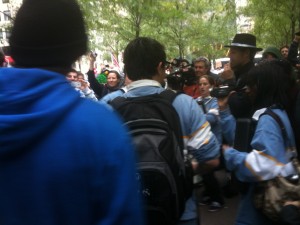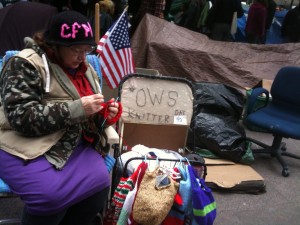Dina Wilcox, is publishing her first book: “Why Do I Feel This Way? What Your Feelings Are Trying To Tell You.” It’s what our brains would tell us about how our feelings work, if they could talk. She’s a story teller with great stories to tell of how she learned the truth of what goes on with our feelings, emotions, memories, fear, love, joy—even dancing and embarrassment. It’s a nonscience book that has unscientific experiments and a lot to tell, and we don’t have to be scientists to understand any of it. Ann Fry says:
I’ve read this book and in my opinion is is a trail-blazer — helping us understand “why” and to make sense of it.
Dina, creator of Raising Healthy Voices, explains her mission this way:
At Raising Healthy Voices, we’re out to get people all over the world talking about our brains and our responses to life, the things we have most in common with each other. Why? Because our brains build connections between us. There are the obvious ways–when we see and talk with each other–and there are the not-so-obvious: we dance, feel empathy, and we get embarrassed—yes, did you know that embarrassment, the very moment when your heart races and your face gets hot and red, when you might wish you would just disappear—you are transformed into a great teacher of empathy for the people around you. These connections happen automatically, without our having to decide to do anything. We send each other silent messages all the time. We connect automatically for the survival of the human race.
At Raising Healthy Voices and RHVGlobal, we’re taking connection to the level of consciousness. We’re inviting people all over the world to come together to talk about our feelings, fears, love, memories, thoughts, actions, even consciousness and reality. The more we talk, the more we tap into each other—and the more powerful we become, individually and collectively.
Let the dialogue expand!











